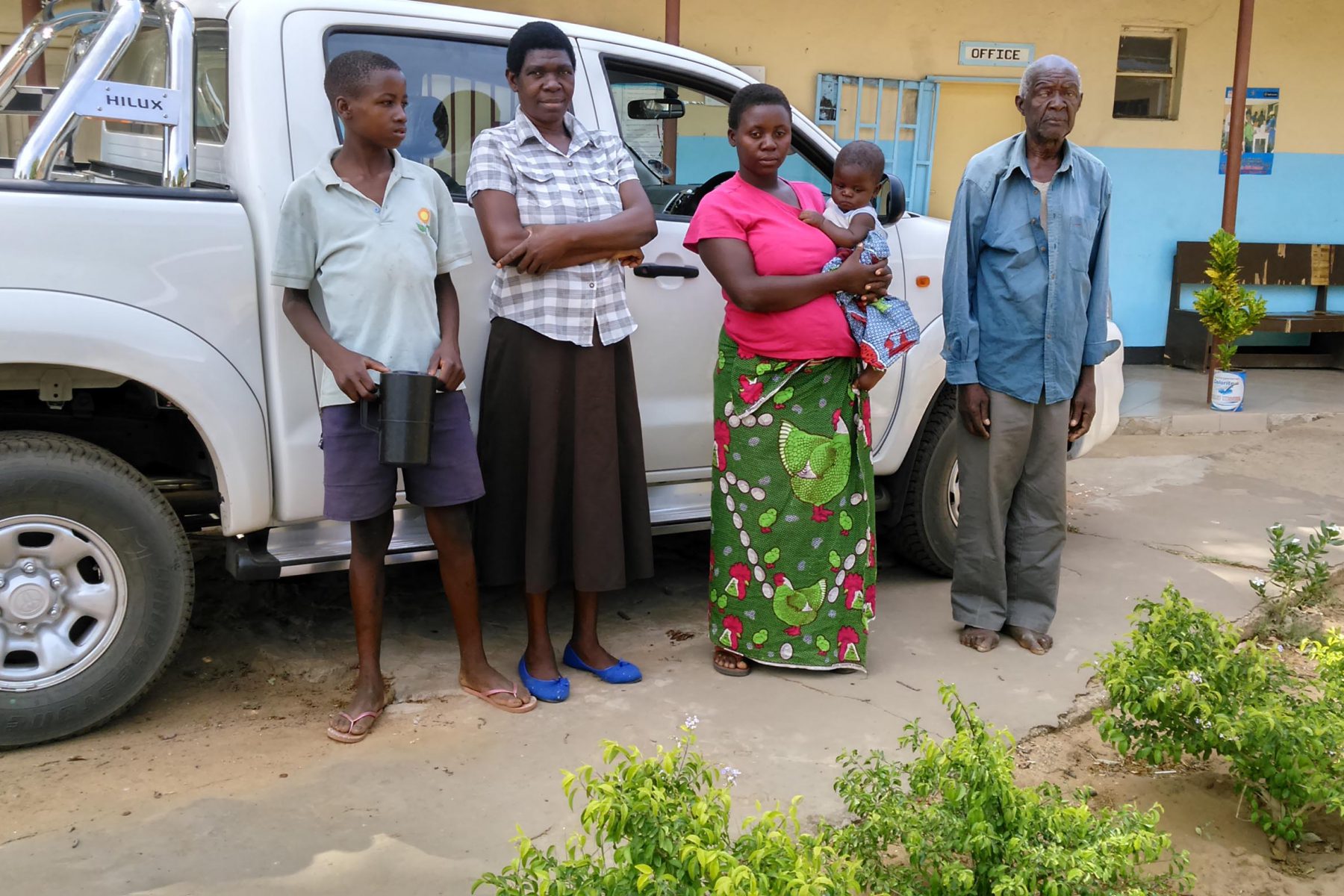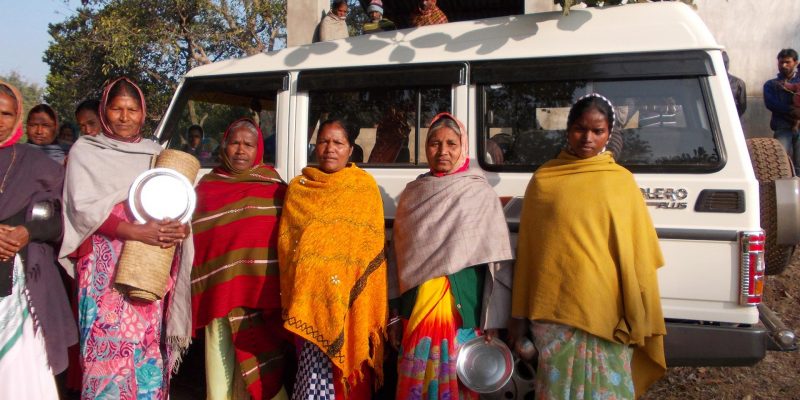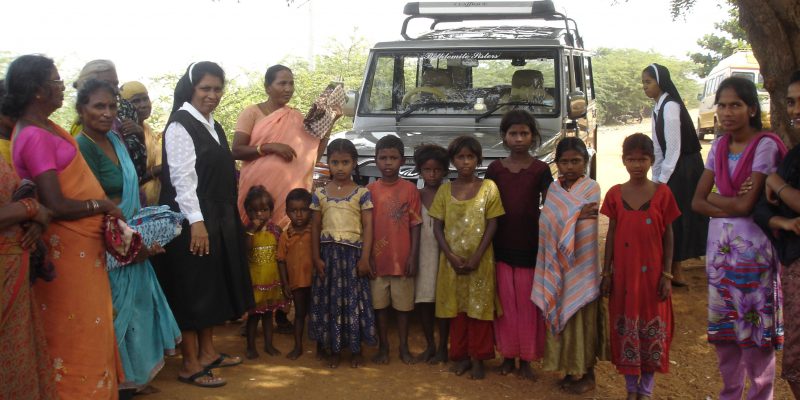One common and immediate problem to be challenged was the highly unequal distribution of land and/or wealth concentrated in the hands of a small minority (in Europe, it must be remembered, the feudal system had lasted five hundred years…). This had the effect of leaving, logically, most of the population marginalised with little if any access to goods and services.
The chief focus now became the re-integration of these sectors into existing social and economic structures. Community outreach programmes were set up, in a bid to redistribute national wealth from urban centres in the search for the ‘trickle down’ factor. However, the programmes themselves were centrally-planned, and involved little local consultation. In effect, the prominent ‘rich’ poor (those not doing so badly) who had jobs as civil servants in national and regional capitals became the new decision-making elites. Those whose background (or whose family backgrounds), though indigenous, had often been as colonial administrators, now became agents of change and development.
The result was the bureaucratisation of outreach work from a central (though indigenous) base, which, though it did not exclude self-help, left little room for it. The bureaucrats had impressive offices with tentacles all over the country, meant to be effective delivery services of aid, but which were extremely costly in terms of salaries and administration costs. Combined with petty corruption (‘you need another stamp on this – available from the next office for $10…‘), mismanagement of budgets, and large scale corruption in the capital and national Ministries, this approach not only failed to deliver, but consumed more than it produced, – which were at times expensive, non-replicable white elephant projects in any case.
Insufficient work was done on building up corresponding ‘receiving’ or consolidating mechanisms within the poor sector, whose members had no previous experience of dealing with these new initiatives. Some accountability was often there, but not all the way down the line, and rural tribal elites often cornered benefits meant for the poor – who remained largely illiterate, without access to education and healthcare, and ignorant (in the original sense of ‘not knowing’) of their rights.
The trickle down effect dried up long before it reached them, and, not surprisingly, they became cynical about what was promised or declared by politicians, and what they lived and saw in their own daily experiences. It is worth highlighting the damage this has caused. The sense of fatalism it engenders – that ‘nothing will ever change so it’s no use trying‘, that it’s all ‘God’s will’ so why bother, ‘but it’s always been like this, that’s just the way things are’ – is still today one of the major challenges facing development workers across their spectrum of community projects.




